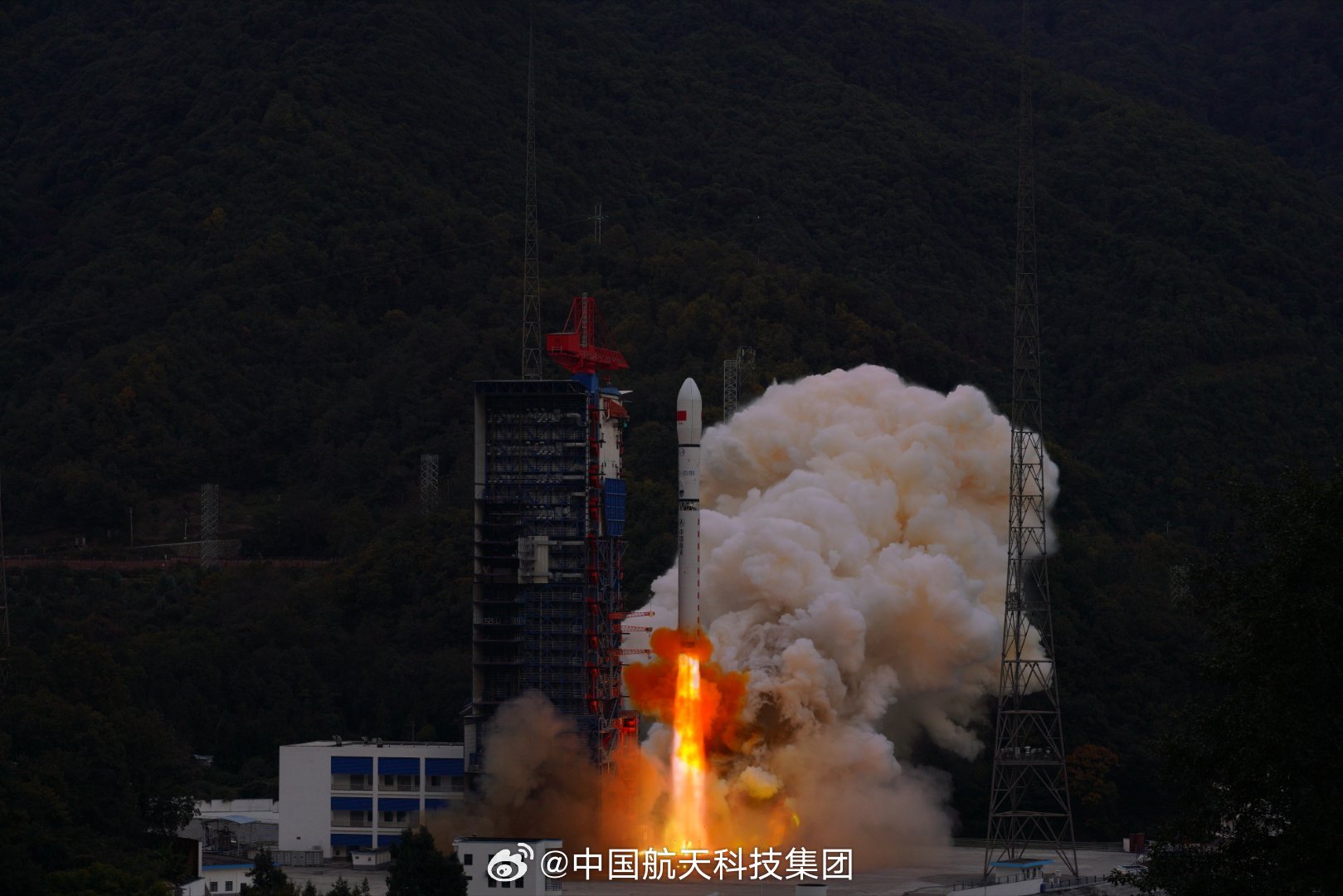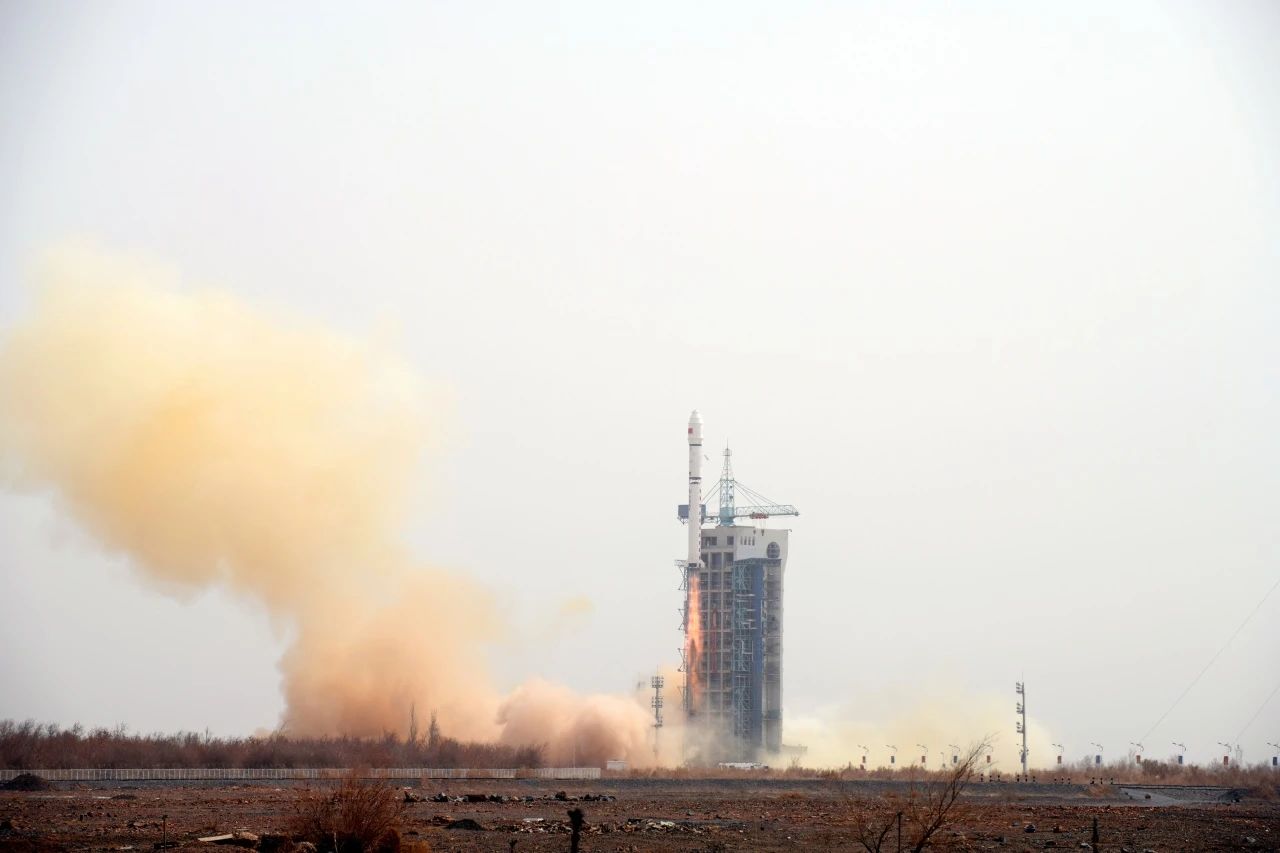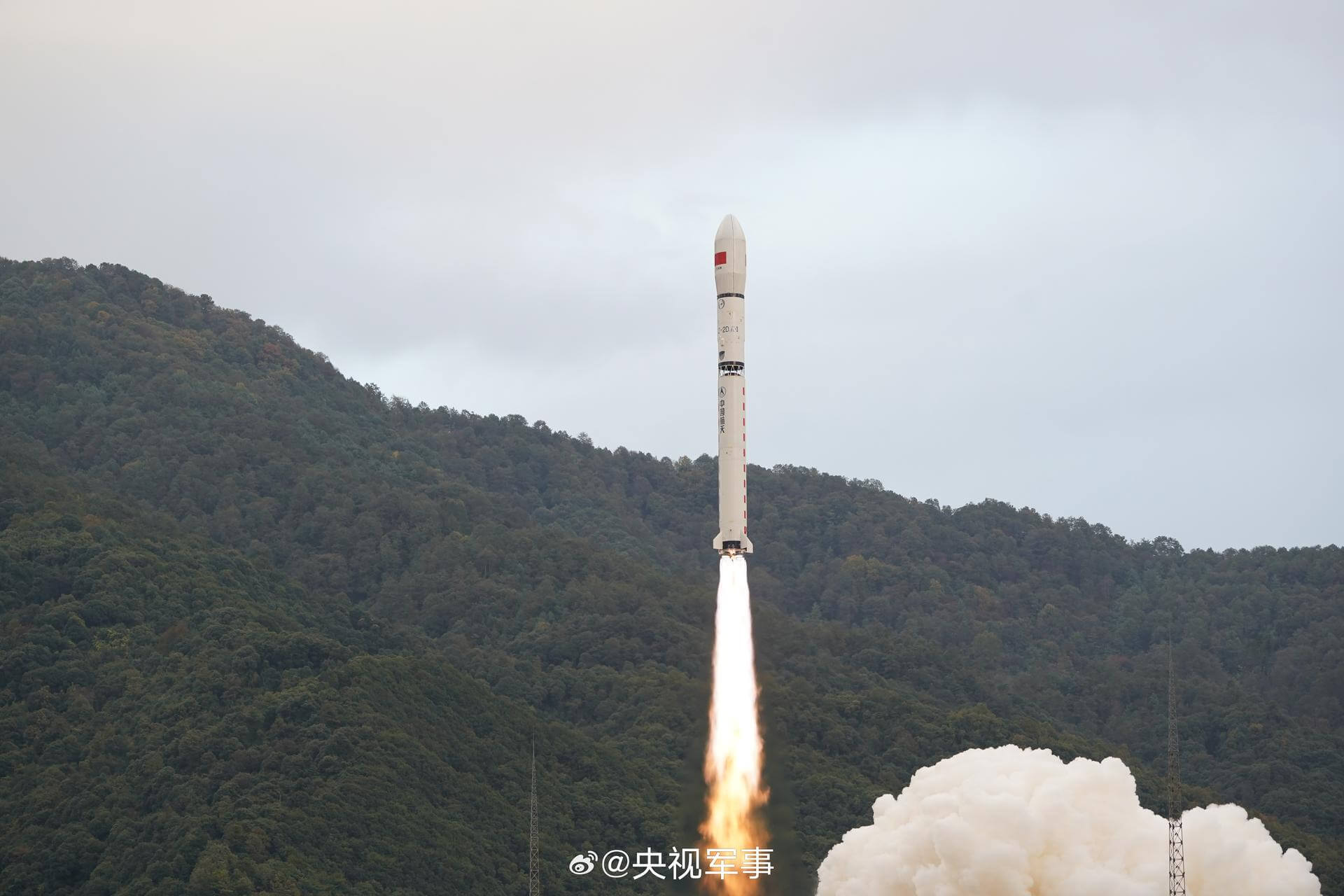
Long March 2D/YZ-3
ActiveChina Aerospace Science and Technology Corporation (CASC)
Dec. 29, 2018
Description
The Long March 2D, also known as the Chang Zheng 2D, CZ-2D and LM-2D, is a Chinese orbital carrier rocket. It is a 2-stage carrier rocket mainly used for launching LEO and SSO satellites. The YZ-3 variant includes a YZ-3 upper stage able to push satellites into higher orbits.
Specifications
-
Length
― -
Diameter
― -
Fairing Diameter
― -
Launch Mass
― -
Thrust
―
Family
-
Name
Long March 2D/YZ-3 -
Family
― -
Variant
D/YZ-3 -
Alias
― -
Full Name
Long March 2D/YZ-3
Payload Capacity
-
Launch Cost
― -
Low Earth Orbit
― -
Geostationary Transfer
Orbit
― -
Direct Geostationary
― -
Sun-Synchronous Capacity
―
China Aerospace Science and Technology Corporation
Government
Chairman & President: Lei Fanpei
CASC 1999The China Aerospace Science and Technology Corporation (CASC) is the main contractor for the Chinese space program. It is state-owned and has a number of subordinate entities which design, develop and manufacture a range of spacecraft, launch vehicles, strategic and tactical missile systems, and ground equipment. It was officially established in July 1999 as part of a Chinese government reform drive, having previously been one part of the former China Aerospace Corporation. Various incarnations of the program date back to 1956.
Long March 2D/YZ-3 | High Speed Laser Diamond Constellation Test System
China Aerospace Science and Technology Corporation | ChinaJiuquan Satellite Launch Center, People's Republic of China
Dec. 12, 2024, 7:17 a.m.
Long March 2D/YZ-3 | Yunhai-2 Group 02
China Aerospace Science and Technology Corporation | ChinaJiuquan Satellite Launch Center, People's Republic of China
March 21, 2024, 5:27 a.m.
Status: Launch Successful
Mission:
Yunhai-2 is a constellation of Chinese military meteorological satellites. Reportedly the satellites use Global Navigation Satellite System (GNSS) Radio Occultation (GNSS-RO) to collect atmospheric data for weather prediction and for ionosphere, climate, and gravity research.
Low Earth OrbitLong March 2D/YZ-3 | 3 x SatNet test satellites
China Aerospace Science and Technology Corporation | ChinaXichang Satellite Launch Center, People's Republic of China
Nov. 23, 2023, 10 a.m.
Long March 2D/YZ-3 | Hongyan-1 & Yunhai-2 Group 01
China Aerospace Science and Technology Corporation | ChinaJiuquan Satellite Launch Center, People's Republic of China
Dec. 29, 2018, 8 a.m.
Status: Launch Successful
Mission:
Hongyan-1 is the first demonstration satellite for Hongyan, which is a planned constellation consisting of 320 satellites in low Earth orbit. Yunhai-2 is a constellation of Chinese military meteorological satellites. Reportedly the satellites use Global Navigation Satellite System (GNSS) Radio Occultation (GNSS-RO) to collect atmospheric data for weather prediction and for ionosphere, climate, and gravity research.
Low Earth OrbitFalcon 9
Starlink Group 6-88
Space Launch Complex 40 - Cape Canaveral SFS, FL, USAA batch of 29 satellites for the Starlink mega-constellation - SpaceX's project for space-based Internet communication system.
Falcon 9
CSG-3
Space Launch Complex 4E - Vandenberg SFB, CA, USACSG-3 is an Earth observation satellite for the Italian Space Agency, part of a reconnaissance constellation using synthetic aperture radars operatin…
Long March 7A
Shijian 29 A-B
201 - Wenchang Space Launch Site, People's Republic of China2 satellites officially described as for "demonstration of new technologies for spatial targets detection" purposes.
Long March 4B
Tianhui 7
Launch Area 94 (SLS-2 / 603) - Jiuquan Satellite Launch Center, People's Republic of ChinaA satellite officially described as for cartography purposes, details TBD.
Soyuz 2.1b/Fregat-M
AIST-2T 01 & 02
Cosmodrome Site 1S - Vostochny Cosmodrome, Siberia, Russian FederationA pair of Russian optical Earth observation satellites built by the Progress Rocket Space Centre for obtaining stereo images of the Earth's surface, …



